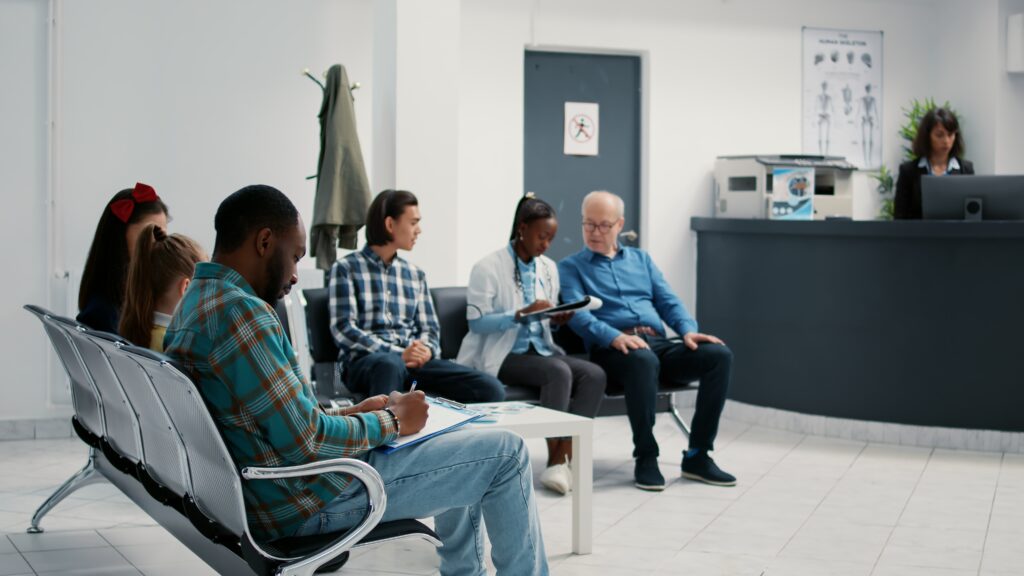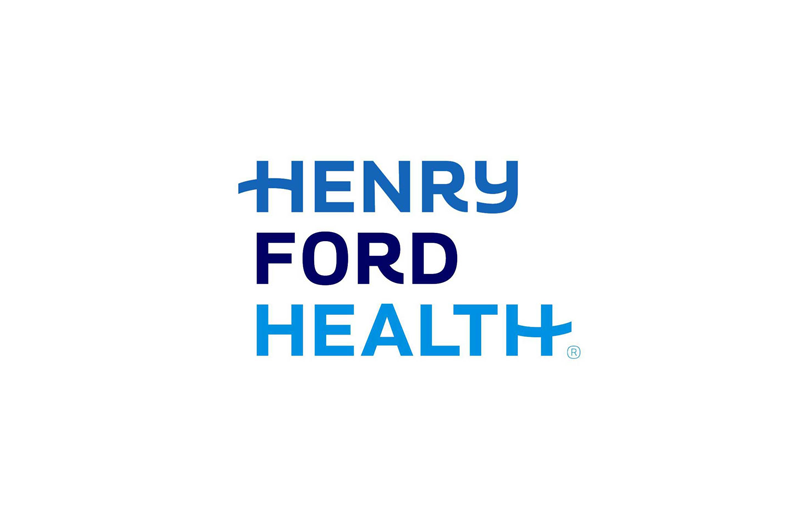Insights
Explore actionable insights on the clinical research industry from WCG experts and our data intelligence platform.
Explore Insights by topic:
Clinical Trial Operations
Diversity & Inclusion
Clinical Endpoints
Regulatory Compliance
Participant Recruitment
Site Efficiency
Latest Insights

WCG Clinical | Insights
Year in Review: WCG’s Impact in 2025
Blog Posts
WCG Clinical | Insights
WCG’s Adjudication Team Drives Phase III Multiple Myeloma Trial Success
Case Studies
WCG Clinical | Insights
Rapid Safety Adjudication to Secure Timely FDA Submission
Case Studies
WCG Clinical | Insights
WCG CRC Support Identifies 700+ Participants and Streamlines EDC Entry
Case Studies
WCG Clinical | Insights
WCG Drives Identification of 4k+ Participants for Complex Cardiovascular Study
Case Studies
WCG Clinical | Insights
A Centralized Approach to Clinical Trial Recruitment and Retention
Whitepapers
WCG Clinical | Insights
Design Smarter, Enroll Faster: Using Protocol Data to Predict Site Performance
Blog Posts
WCG Clinical | Insights
FDA’s Elimination of REMS for CAR T Cell Therapies
Blog Posts
WCG Clinical | Insights
FDA’s New Antibiotic Guidance: A Flexible Pathway for Urgent Therapies
Blog Posts
WCG Clinical | Insights


